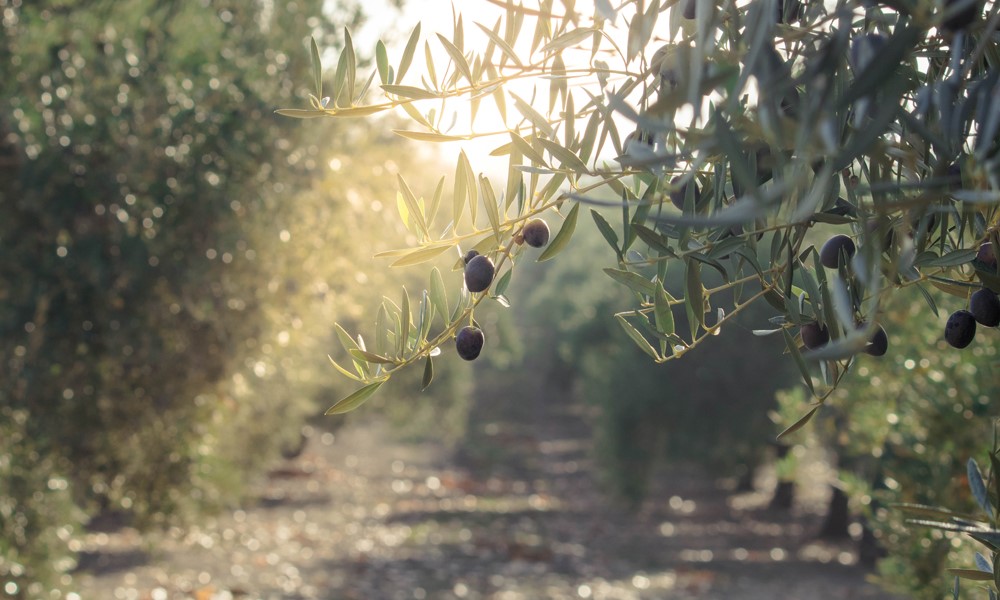The Future of Farming in California: Challenges and Prospects

Agricultural conditions in California have been the subject of a lot of well-justified worry lately. Ongoing crippling drought has accelerated long-predicted severe water shortages by several decades. And the risk of wildfires has led to soaring insurance costs.
Just this year, for the first time, federal officials announced a water shortage for the Colorado River. And as of August 2021, the Shasta Lake reservoir was at an alarming 30% capacity. Officials are desperately hoping for an abundant, early snowpack to help alleviate the situation. Without it, many farm fields are likely to wind up lying barren or being burnt up in the coming year.
It all begs the question — can California continue to farm if conditions don’t change?
Producers try pivoting to higher revenue per acre-foot of water
To help maintain healthy incomes, one logical step for many famers has been shifting to crops that generate more revenue per acre-foot of water. In many cases that means changing from annual commodities to more perennial tree and vine crops.
This is, however, far from a complete solution.
For starters, the loss of local annual crops has had a detrimental effect on local livestock and dairy. Growth for the storied California dairy industry has ground to a halt, in no small part due to the lack of available local hay.
What’s more, this pivot to higher revenue crops has already largely taken place. In their 2019/2020 report, the California Department of Food and Agriculture reported many notable increases in perennial crops, including:
- Olives (212%)
- Dates (61%)
- Apricots (39%)
- Mandarins (38%)
- Kiwis (36%)
- Cherries (30%)
- Apples (23%)
- Valencia oranges (23%)
Meanwhile, many annual crops saw significant decreases, including:
- Oats (-71%)
- Winter wheat (-41%)
- All wheat (-40%)
- Cucumbers (-35%)
- Alfalfa (-23%)
- Snap beans (-22%)
And while those perennial crops may require less water per acre-foot, many of them require an astronomical amount of water per fruit. While it may make more economic sense for individual producers to make this pivot amidst the drought, it’s ultimately led to water levels continuing to free fall.
Spending more on water-efficiency research
Another approach that’s been popular for decades now has been to implement water-efficiency measures. Studies on water efficiency for the region date back decades and have racked up hundreds of millions of dollars, highlighting just how long this writing has been on the wall.
In the past 40 years or so, many crops have reduced their need for water by around 30%. The strategies implemented to achieve this drop include:
- Shifting from flood irrigation to drip irrigation.
- Moving from in-ground planting to above-ground pots.
- Precision monitoring of soil conditions and water consumption to prevent overwatering.
- Planting cover crops to improve water retention and minimize runoff.
Professional agricultural organizations in the state are proud about the savings these strategies have provided, and they’re optimistic that additional innovations will be forthcoming as research continues.
But there’s a floor somewhere to how low you can drive a plant’s water intake before it begins to die. Central Valley hit 114 Fahrenheit in June 2021 and the higher the temperatures, the more water plants need to stand a chance of surviving.
It’s hard to find a data-driven answer, but one has to wonder: At what point does the water saved through improved efficiency get canceled out by the skyrocketing temps?
So, can California keep farming?
For many state officials, industry groups and California-based think tanks, the answer they’ll give is yes. But in the same breath they’ll talk about a need for an enormous investment of capital and labor into new technologies and mitigation strategies. With so much of the nation’s food production entrenched in the state, that investment is likely to be made, probably with very little pushback.
Unfortunately, there’s no foreseeable end-date to the worsening climate conditions facing West Coast agriculture. So far, things are progressing fast, faster than even experts had predicted.
This story in The Atlantic provides a grim example of how rough things are getting: a seven-year-old, 1,100-foot well is now coming up almost completely dry in the San Joaquin valley. So many wells have tapped into the same aquifer, it has dropped 60 feet in one season, and it’s now on the verge of total collapse.
For California’s farming future to be seen as truly secure, we have to make several enormous assumptions.
We must assume that research spend will continue to result in significant improvements in water efficiency. It’s already a multi-billion-dollar effort, but it’s going to take decades to produce results. In the meantime, there are no more quick and easy solutions left.
We must also assume that seasonal wildfires won’t continue to hammer the state. That’s not likely, considering a doubling in wildfire intensity that was predicted to take 30 years to materialize has, instead, taken just one.
Ultimately, we may be assuming too much. As essential as California has become to our national agricultural landscape, there is no such thing as sustainable exponential development and consumption.
